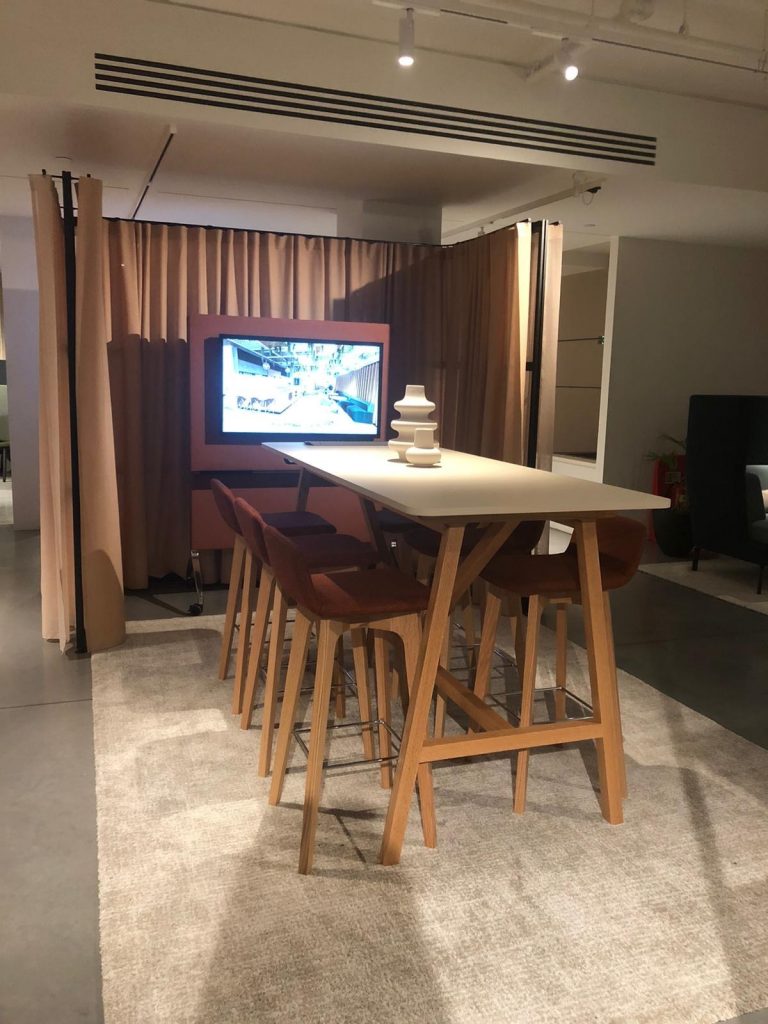19th Jun 2023
Clerkenwell Design Week 2023: Trends and Insights
Chloe, Rebecca, Kate and Ben went to Clerkenwell Design Week 2023 and have come back full of ideas and inspiration!
Tracking the latest workplace design trends means we can share these insights with our clients (and of course the rest of our team).
Here are some of the main trends we saw this year – based on talks from industry experts and browsing the showrooms of our favourite world-leading suppliers.
Life-centred design and sustainability
We’re finding ourselves speaking to clients a lot more about the wider impacts of making certain design choices, so we’re pleased to see this one as a hot topic this year.
A very quick rundown of what life-centred design is first… it’s about moving beyond sustainability to consider the impact of design on all life, including non-humans and the environment. The ultimate goal is to make sustainability accessible to everyone, regardless of budget. In practice, this means making purchasing decisions based on the impact of the whole supply chain of the end product you’re buying. This clearly isn’t a new notion, but we’ve noticed it’s fast becoming a more mainstream consideration for most companies we work with.
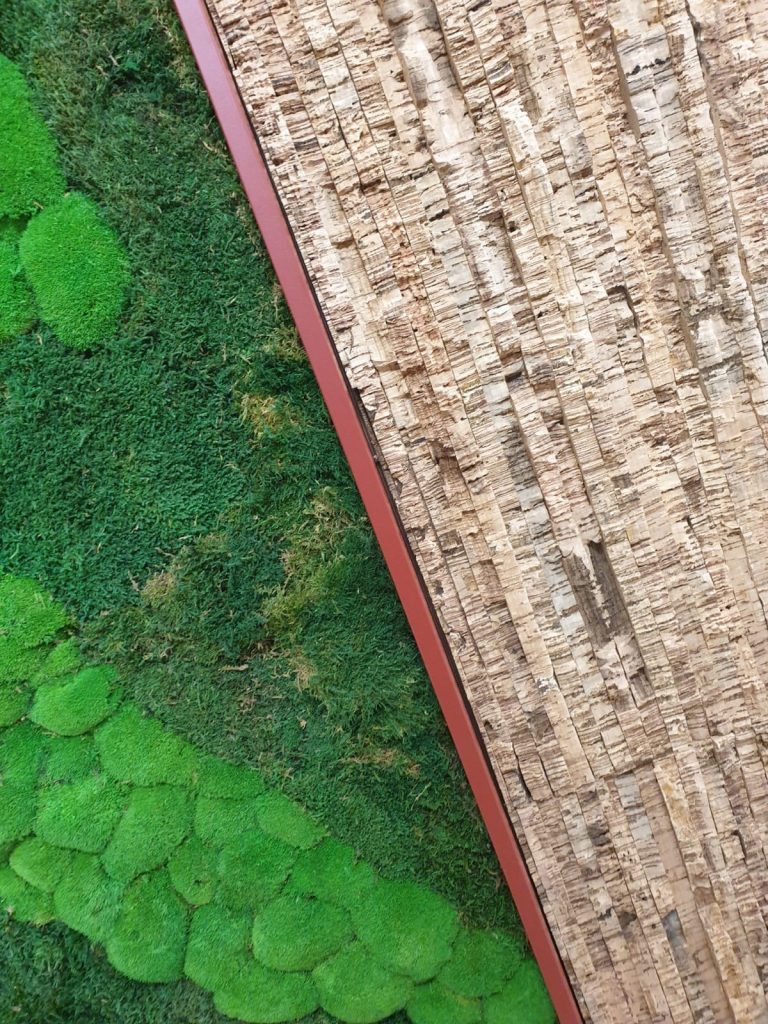
To be more sustainable during an office fit-out, look to utilise existing stock, and reuse and recycle materials before you buy new. Repurposing can sometimes cost more, so there was a lot of talk about how the industry needs to determine what’s feasible in this space. While more sustainable options may often be more expensive up front, they can also be more durable, so don’t need to replace them as frequently.
Biophilic design
For those that haven’t heard of it before, biophilic design relates to integrating plants and natural elements. It’s safe to say that biophilic design is here to stay and we saw lots of beautiful examples of how plants and greenery boost the impact an office design can have. For example, using planters to divide spaces has a functional benefit, but adds character to the space too. If your office lacks plants, it’s a very simple change you can make to introduce something that is proven to reduce stress, support creativity, and improve noise levels.
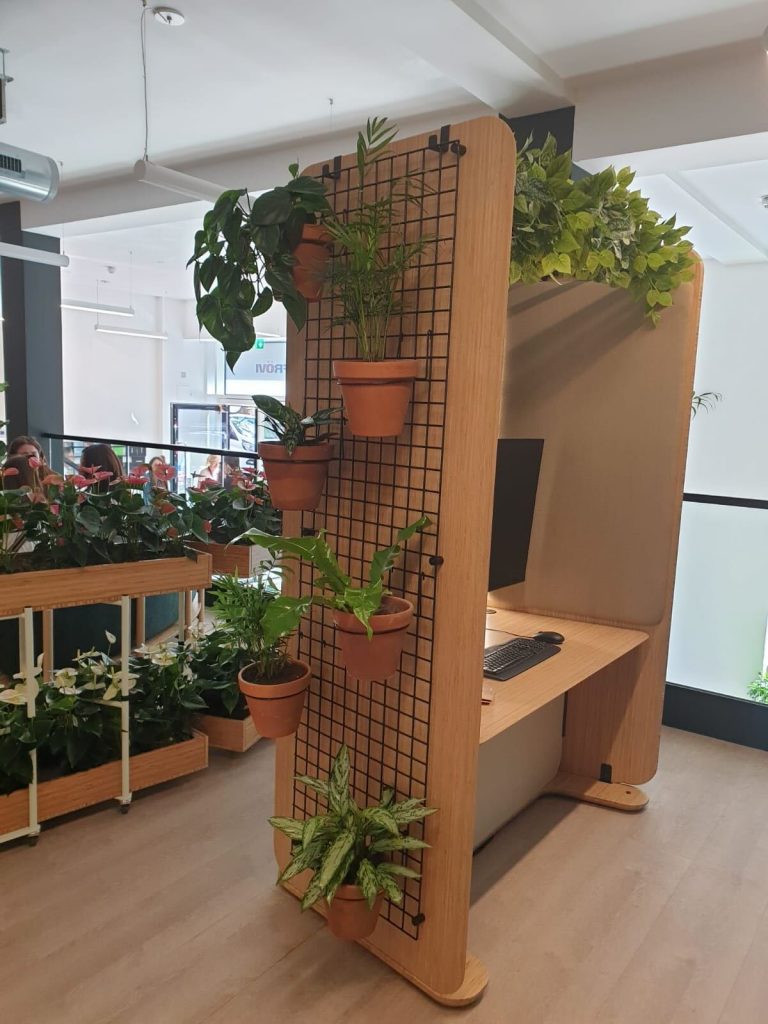
Natural, earthy colours and textures
Nature’s influence was evident this year in the colours and textures on show. There were lots of greens and deep colours used alongside the biophilic elements. Earthy, warm tones and rich hues were particularly popular, with the occasional appearance of pastel shades. Calming colours like this are great for creating more relaxing yet uplifting and motivational spaces.
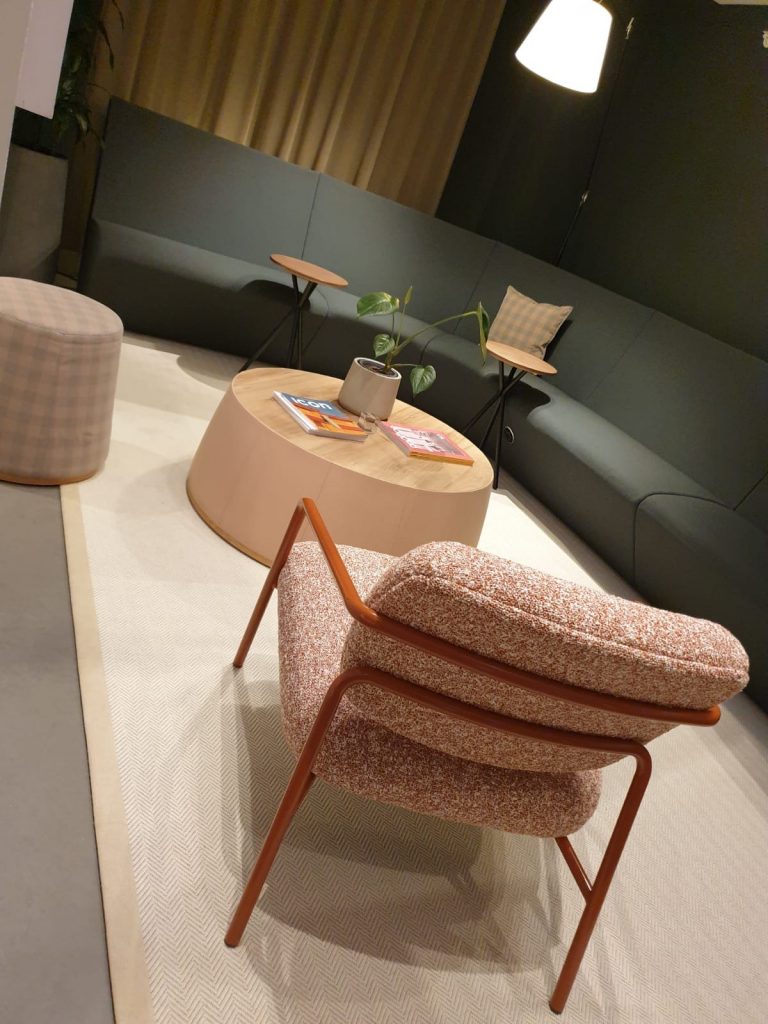
We saw examples of organic shapes and textures used everywhere across walls, fabrics, finishes, acoustics, and screens. Suppliers are also using new sustainable materials like mushrooms in the interest of being kinder to the planet.
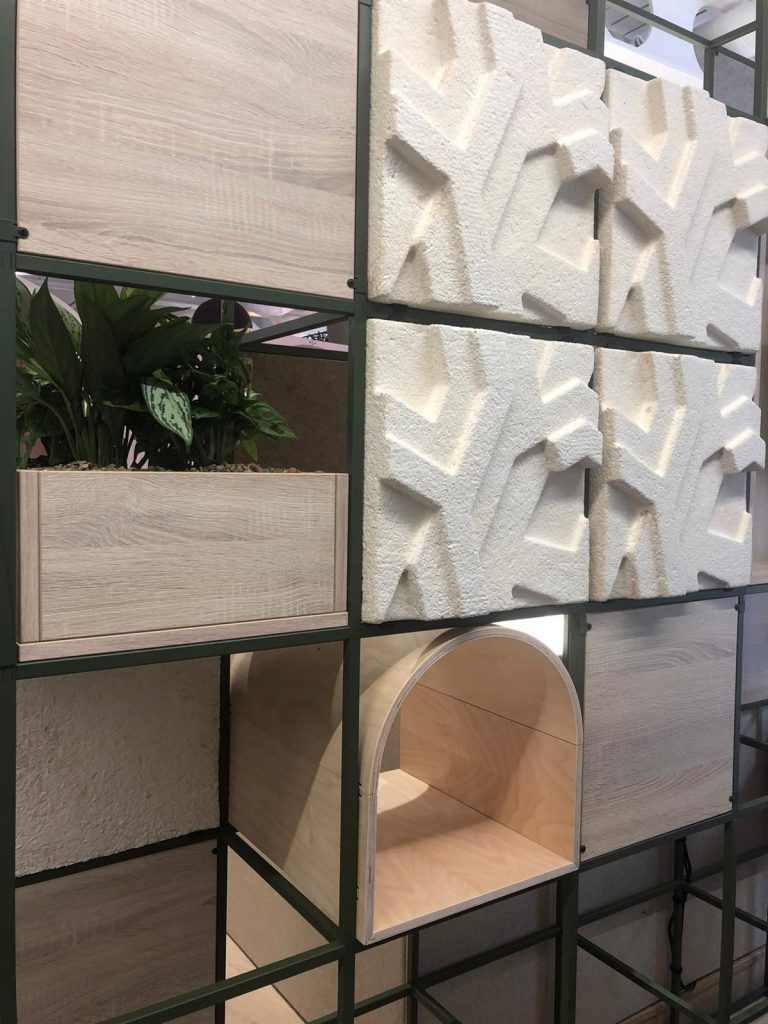
Wellbeing and wellness
Traditionally, wellbeing may have only been considered a necessity for businesses looking to boost profits. But the conversation has thankfully evolved. There’s a continuing shift from wellness being about employer benefits to a more genuine focus on employees’ wellbeing. And it’s being discussed in a more meaningful way than it has before.
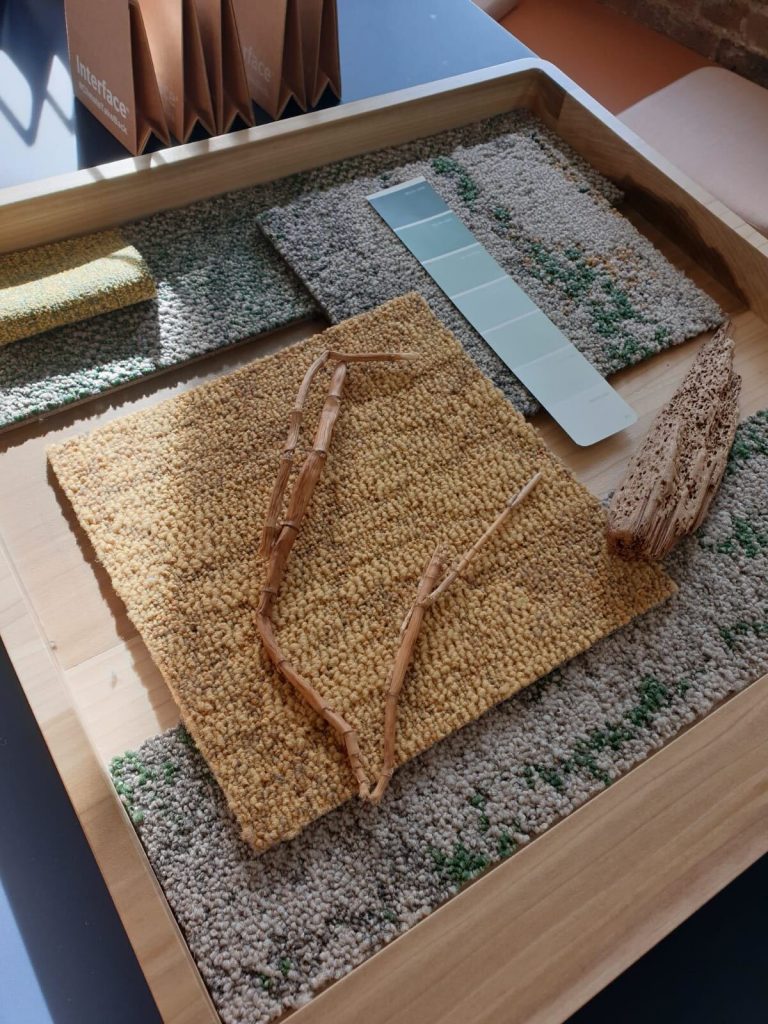
Design-wise, it means we’re seeing a lot more of what’s called ‘wellness comfort’, with more tonal colours, textures and natural elements as research shows these are the things that people really crave at the moment.
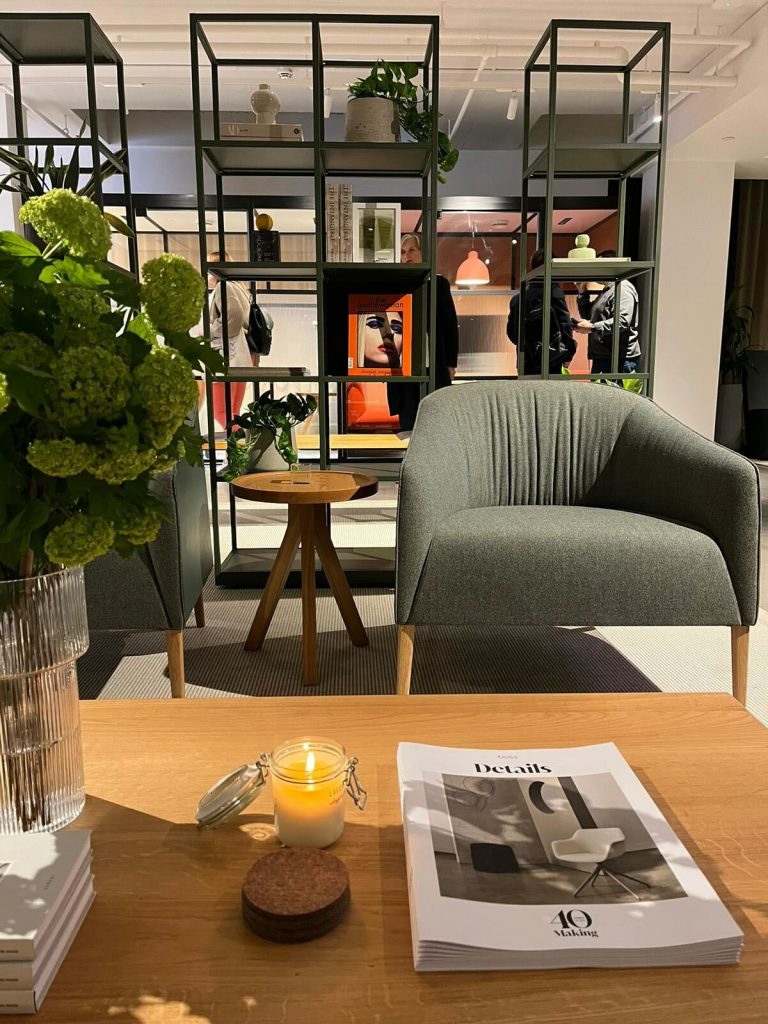
Universal design
With five generations now in the workplace, universal design emphasises access for all. An obvious concept, but one that’s often overlooked in offices. For instance, around 50 percent of universities have gender-neutral restrooms, but many workplaces don’t. Similarly, multifaith rooms are common in airports and shopping centres, but not yet in workplaces. So there’s clearly still significant room for improvement here.
Incorporating universal design principles into the workplace requires inclusive thinking. Assistive technologies like Alexa are examples of how we can create more inclusive and accessible environments using tools like voice-activated controls and screen readers. Other examples include adjustable furniture, quiet spaces, and other inclusive elements like tactile signage.
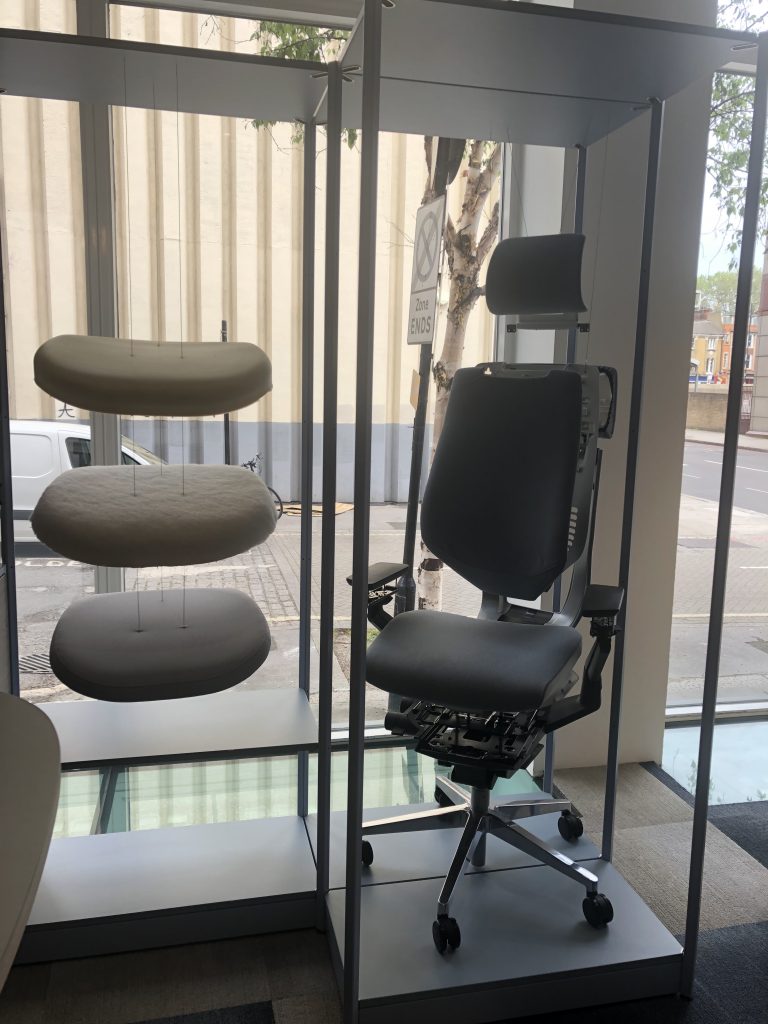
Catering for neurodiverse team members
In the past year or so, there’s been a noticeable increase in conversations around neurodiversity in the workplace. It’s now well recognised that the work environment you provide can greatly affect individuals with neurodiverse traits.
A few things we learned in this area were:
- Scent scaping creates memorable experiences by promoting certain feelings. Studies have shown that focus and performance can improve through smell but can be disruptive for those with a hypersensitivity to smell. So be careful about the scents you introduce into your office.
- Offering dedicated quiet areas can help those overstimulated by noise. Not all social areas should be buzzy, some people want to be social but quiet.
- Be mindful of using too many textures, colours, patterns, and lighting. It can cause sensory overload and be disorientating. Avoid using colours on opposite sides of the colour wheel and instead opt for complementary colours, or natural tones that are neuro-friendly for all.
See more insights
Keep an eye out for more insights on our social pages and on our blog. If you’d like to talk to one of our design team about your own workplace design, get in touch or give us a call on 01530 223111.
